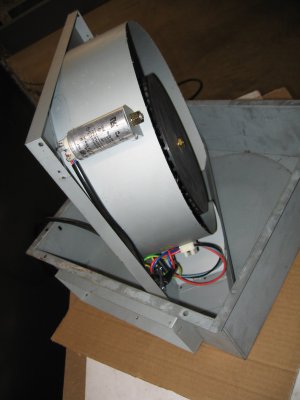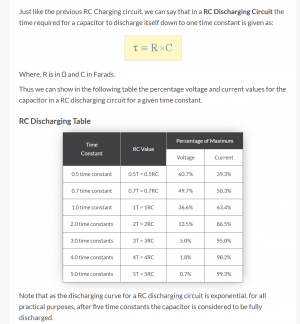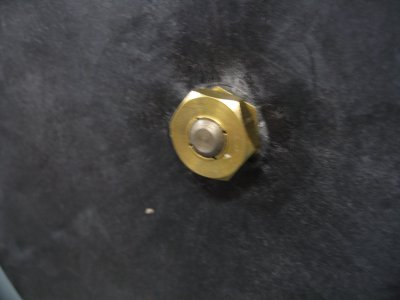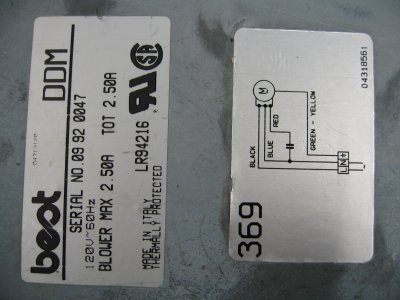This fan for our downdraft cooktop ventilator does not spin as quickly as it should and emits a weird noise.
About the only thing (in my extremely limited knowledge of electricity) that could be faulty is the run capacitor.
It is a 12,5 u. How can I test it to be sure that a new one will fix the problem?
Thanks in advance for your help.

About the only thing (in my extremely limited knowledge of electricity) that could be faulty is the run capacitor.
It is a 12,5 u. How can I test it to be sure that a new one will fix the problem?
Thanks in advance for your help.







